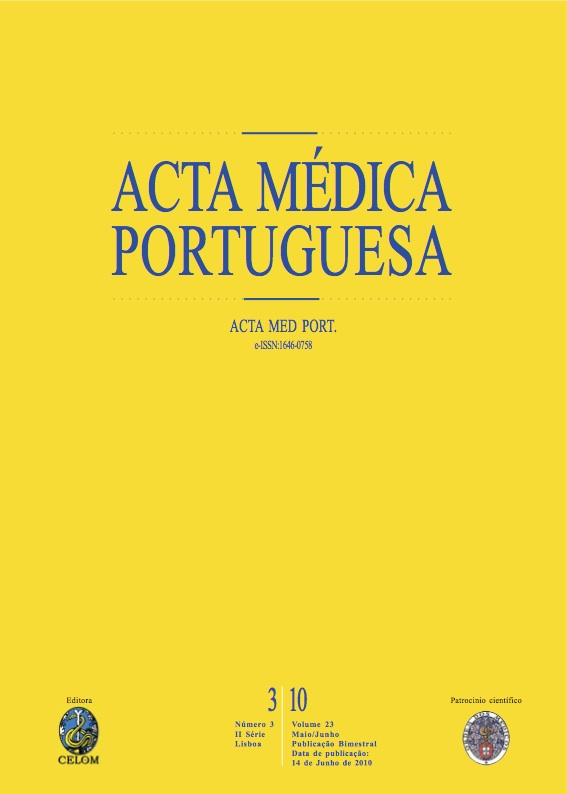Memory and trauma impact: a development approach.
DOI:
https://doi.org/10.20344/amp.636Abstract
The purpose of this article is to review the main neuroanatomic structures and the neurotransmission process involved at memory. Memory is dynamic based on the reunion of aspects of neuronal activation, in a process based on the individual experiences. It will be described the importance of limbic regions and their interaction during processing, codification and consolidation of a memory - each one related with neuronal rebuild. Further the authors describe the memory types known (explicit and implicit memories); the characteristics and their progress during normal development. It will be addressed other issues like child amnesia, retrieval and trauma. Forgetting is one of the essential features at explicit memory. Many studies describe a U inverted effect at memories with emotional value. Events with moderate or elevated emotional intensity are printed as important (by limbic structures like amygdala and orbito-frontal cortex) being more easily recorded. If the experience is very intense the explicit memory codification processing at hippocampus will be inhibited and as a consequence also does the retrieval. Meanwhile the implicit memory will remain and may constitute pathologic memories. The psychological trauma blocks the explicit memory processing which will jeopardize the cortical consolidation of the traumatic experience. Focus on trauma an important question is memory precision and the impact of trauma, on a neurophysiologic and psychopathologic way. Trauma and stress aren't inoffensive because their presence will induce pathological neuronal rebuilding (myelination, synapse formation, neurogenesis) at main memory structures like amygdala or hippocampus. When the nature of the changes is irreversible the explicit memory processing, learning and Psychiatry syndromes may arouse, for example: Mood and Anxiety disorders (including Posttraumatic Stress Disorder); Personality Disorders; Dissociative disorders; Psychosis.Downloads
Downloads
How to Cite
Issue
Section
License
All the articles published in the AMP are open access and comply with the requirements of funding agencies or academic institutions. The AMP is governed by the terms of the Creative Commons ‘Attribution – Non-Commercial Use - (CC-BY-NC)’ license, regarding the use by third parties.
It is the author’s responsibility to obtain approval for the reproduction of figures, tables, etc. from other publications.
Upon acceptance of an article for publication, the authors will be asked to complete the ICMJE “Copyright Liability and Copyright Sharing Statement “(http://www.actamedicaportuguesa.com/info/AMP-NormasPublicacao.pdf) and the “Declaration of Potential Conflicts of Interest” (http:// www.icmje.org/conflicts-of-interest). An e-mail will be sent to the corresponding author to acknowledge receipt of the manuscript.
After publication, the authors are authorised to make their articles available in repositories of their institutions of origin, as long as they always mention where they were published and according to the Creative Commons license.









